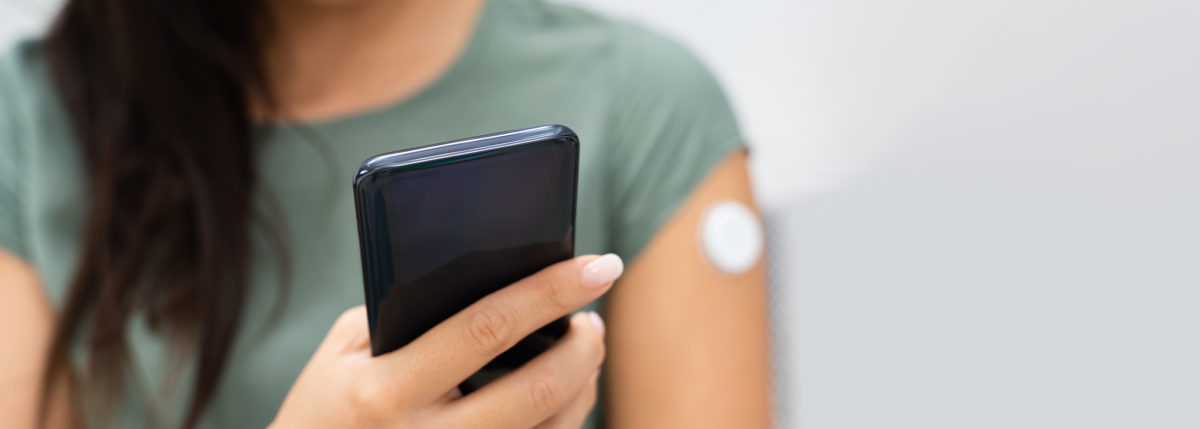Better Decisions, Better Data: My FSL Story
In 2016, I was diagnosed with type 2 diabetes. It was a moment of fear, anger and sadness but, above all, helplessness from not understanding anything about this disease. In my family, no one lives with diabetes and I don’t have close friends that have it.
I didn’t know what my next step would be, so, I looked for guidance from the experts and began to implement changes in my life. I started to eat healthier, exercise more and began to notice how quickly things started to improve. I knew everything would be alright—I was heading towards my own ‘diabetic utopia,’ a concept I’d read about online where people with my condition can feel as if they’d cured themselves. Deep down, I knew diabetes couldn’t be cured, but began to act as if I never had it and as if I’d nothing to worry about. This changed after I contracted COVID and ended up in the hospital with diabetic ketoacidosis (DKA), near death.
Promises to Myself: Never Again
Upon leaving the hospital I made a promise to myself that I’d do whatever it took to improve my health. The first step was to finally accept my diagnosis. What needs to be understood is that there are so many stigmas around diabetes, one of them being that it’s something you did to yourself. This can make it difficult to talk about and seek help, even from people who love you most. It can also make it difficult to believe that you deserve to be healthy and take care of yourself. By opening up to my friends and other loved ones, I was able to get the support I needed and manage my diabetes with exercise and diet.
But, it wasn’t until my diabetes educator and internist recommended I start using the Freestyle Libre that my life with diabetes took an even better turn. I have to admit, when I first put on the device, I imagined it would be painful to put on and I’d be worried about having it attached to my arm for 14 days. But experiences were the exact opposite—putting it on was painless and to be honest, doing the daily fingersticks to check my blood glucose was more painful. This new experience made diabetes so much easier to live with. It’s great to know my blood glucose is being monitored 24 hours a day for two weeks.
Better Data, Better Decisions
At first, it was a bit stressful to get all of this new data, but it was helping me know my body so well. By reading the trends and seeing them in graphs, it gave me the chance to make better, timely decisions and make necessary changes, as well as help my diabetes educator gives me extra insight into my diabetes. It helped me see how my food and other daily activities were impacting my blood glucose. It also helped me identify the dawn phenomenon and see when my blood sugar starts to rise in the morning and how to adjust. It felt great to feel in control of diabetes and not feel that diabetes controls me. However, I’m unable to wear the Libre all the time, but If I could, I would.
Finally Feeling in Control
Having so much information led to a change, not only in my blood glucose levels, my diet and my habits. It led me to feel in control and changed my perception of my diabetes. I learned that this is something that does not define who I am, but diabetes has given me a great opportunity to take care of myself and love myself much more.
I wear my sensor proudly and love it when people ask me about it. The more openly we talk about diabetes, give information and offer support, the more people we can help improve their own lives with type 2 diabetes.




